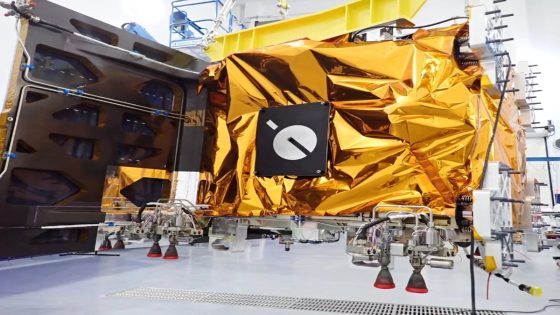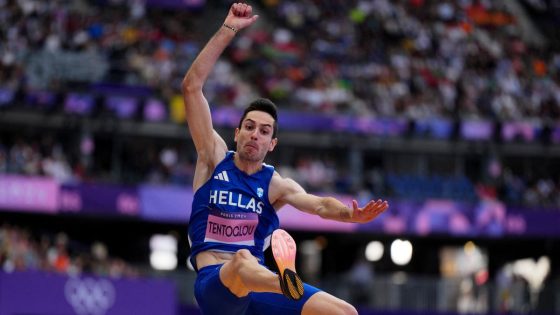The Space Force announced two new missions to demonstrate how highly maneuverable space vehicles can enable the service to quickly respond to real-time threats.
The service awarded Impulse Space a $34.5 million contract for two maneuverable spacecraft on Oct. 4. The companyâs Mira space vehicle, which flew for the first time last year, can host multiple payloads and transport them to different orbits.
The Defense Innovation Unit and the Massachusetts Institute of Technologyâs Lincoln Laboratory will provide payloads for the missions. A Space Systems Command spokesman told Defense News that the timing is still fluid, but both missions are slated for summer or fall of 2026 as part of a tactically responsive space demonstration series.
The Space Force defines tactically responsive space as the ability to react quickly to the threats that come from operating in an increasingly congested and adversarial space environment. That could mean launching satellites on short notice, maneuvering a pre-positioned, spare spacecraft to augment a degraded system or buying data from a commercial vendor during a crisis.
Since 2021, the service has conducted two tactically responsive space missions, and itâs planning a third in 2025. A demonstration last year, dubbed Victus Nox, showed that the service could work with satellite and launch companies to deliver a spacecraft in a matter of months and launch it with just 27 hours of notice.
The 2026 missions will focus less on satellite and launch vehicle delivery timelines and more on in-space operations.
The first mission, dubbed Victus Surgo, will launch into low Earth orbit on SpaceXâs Falcon 9 rocket. Impulseâs Helios high-energy kick stage, which will fly for the first time on this mission, will then transfer the Mira spacecraft to geosynchronous orbit.
DIU will co-sponsor Victus Surgo, and the mission will feature one of its payloads.
The second demonstration, Victus Salo, will fly to low Earth orbit carrying an MIT-built payload. SpaceX will launch the spacecraft as part of a rideshare mission.
âBoth missions will incorporate a modular interface to reduce the time and effort it takes to integrate and test new payloads to space vehicles,â Space Systems Command said in a statement. âOnce on orbit, the two spacecraft will be able to quickly conduct space domain awareness missions using a precise, high thrust and high delta-V propulsion capability.â
Courtney Albon is C4ISRNETâs space and emerging technology reporter. She has covered the U.S. military since 2012, with a focus on the Air Force and Space Force. She has reported on some of the Defense Departmentâs most significant acquisition, budget and policy challenges.
Source Agencies


